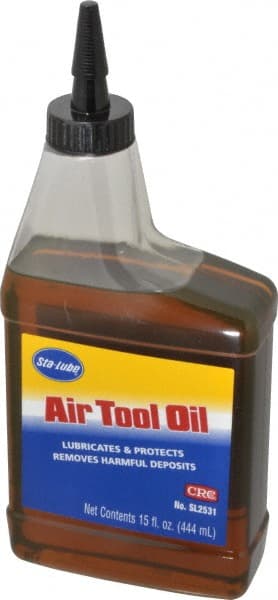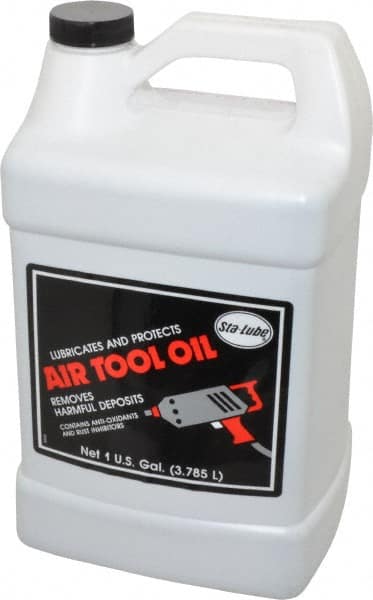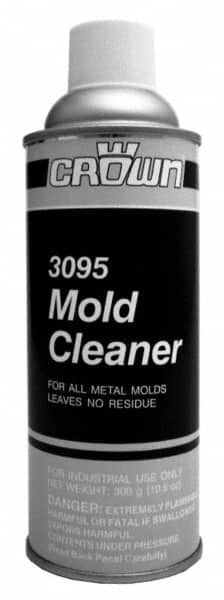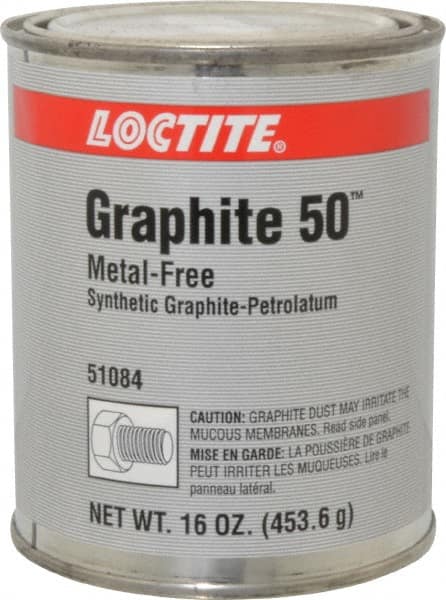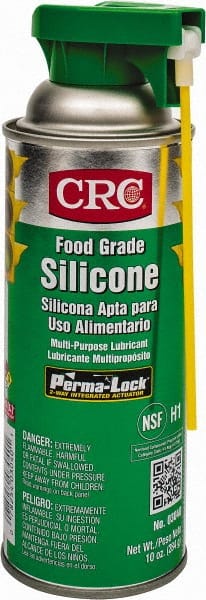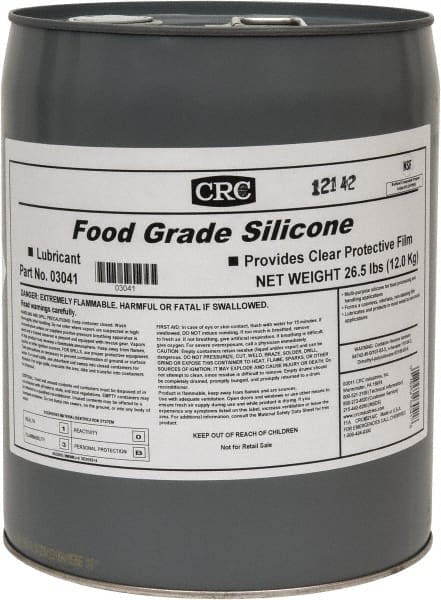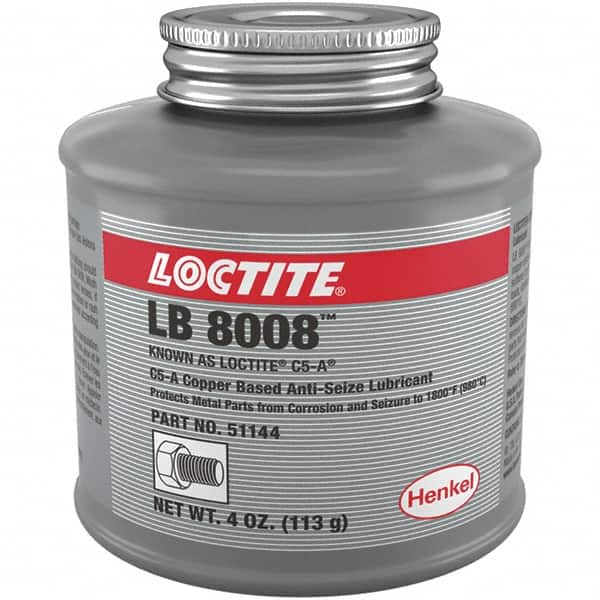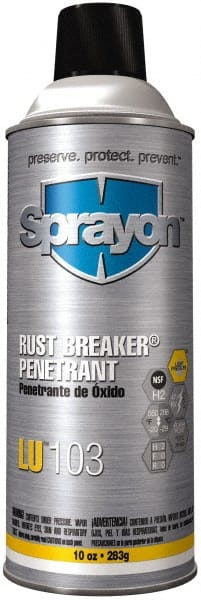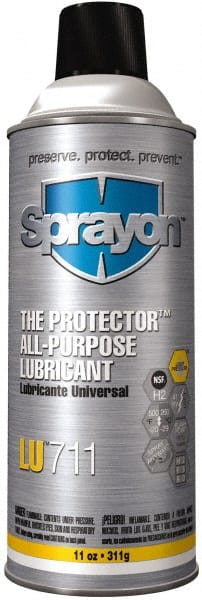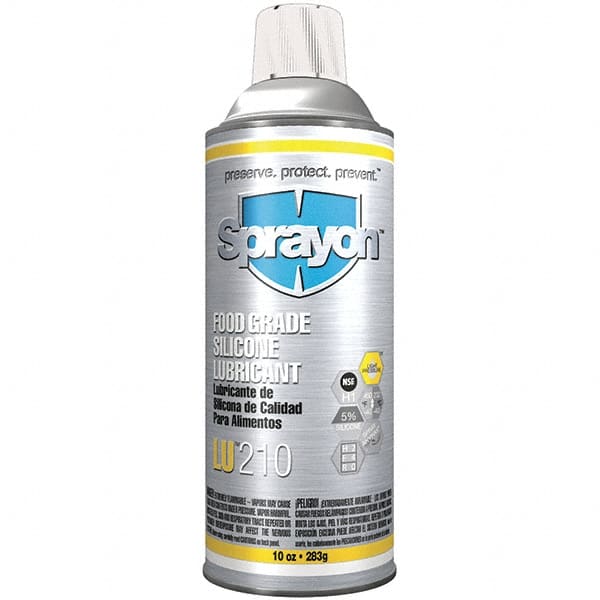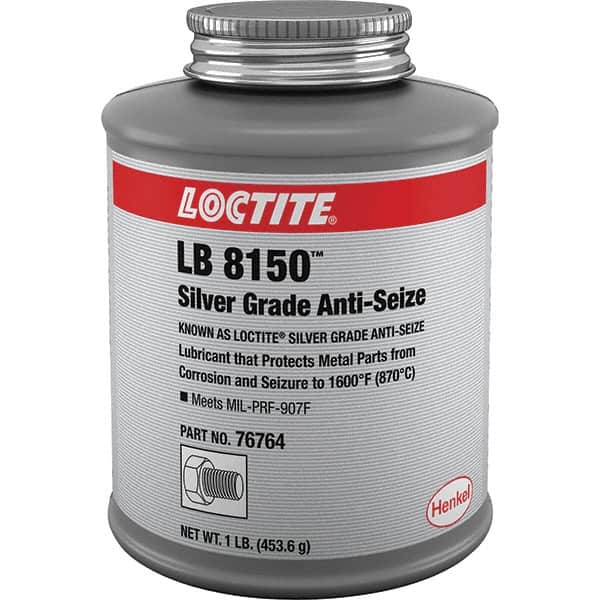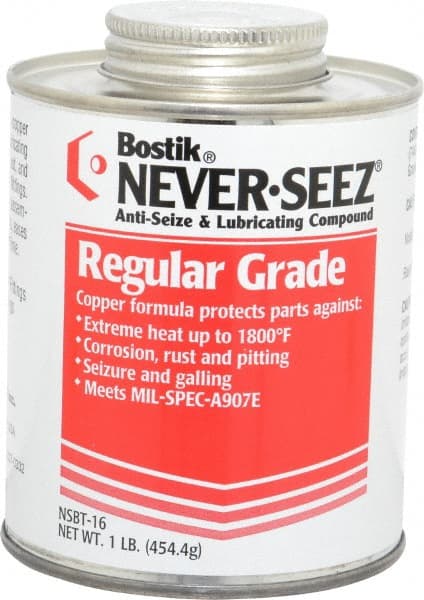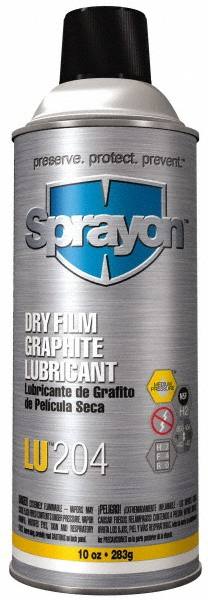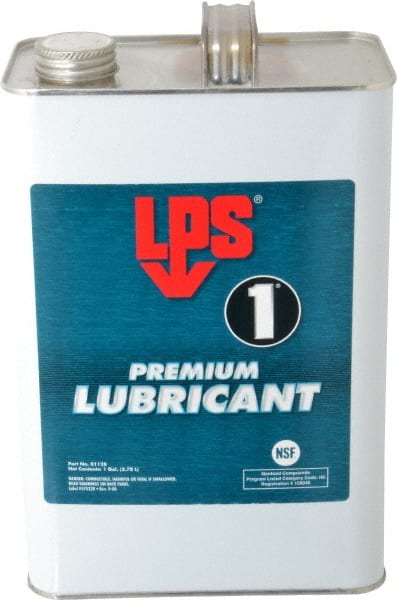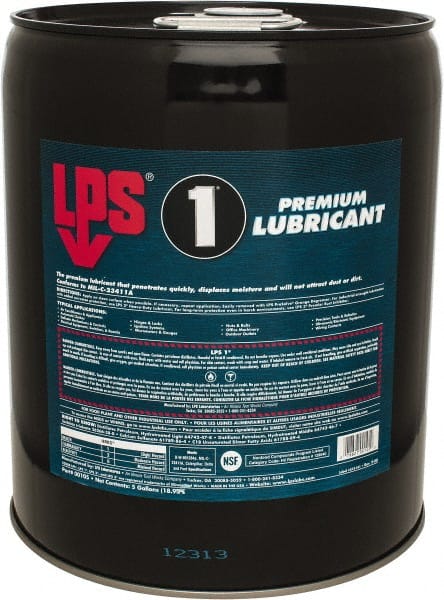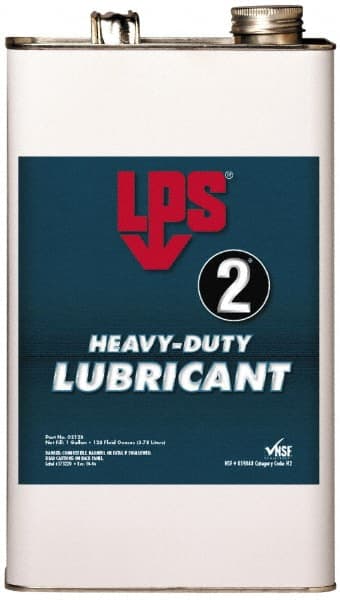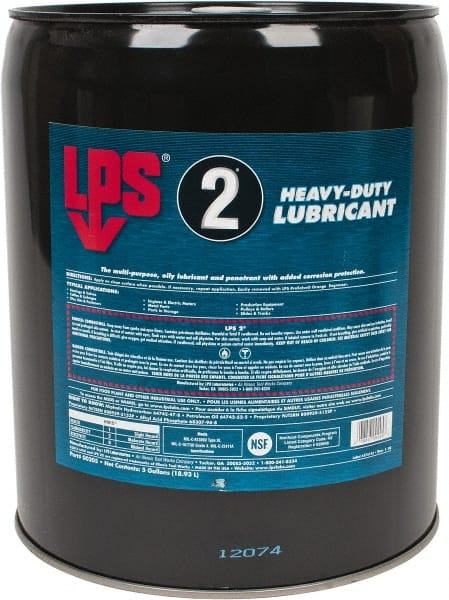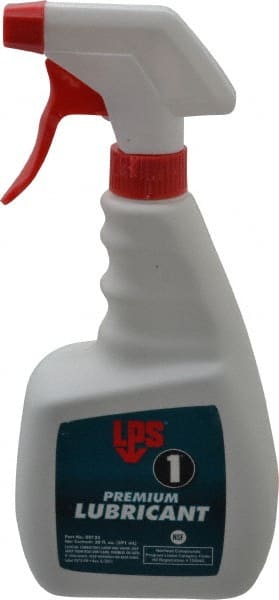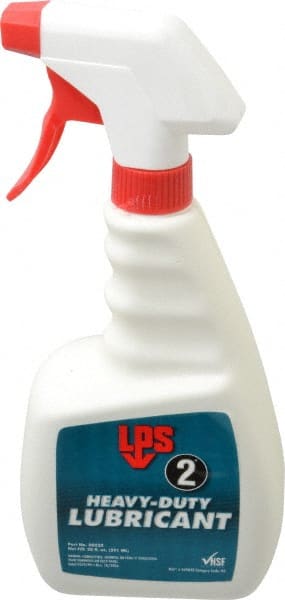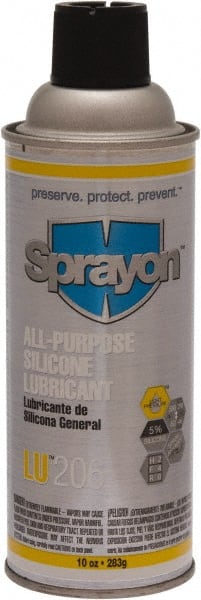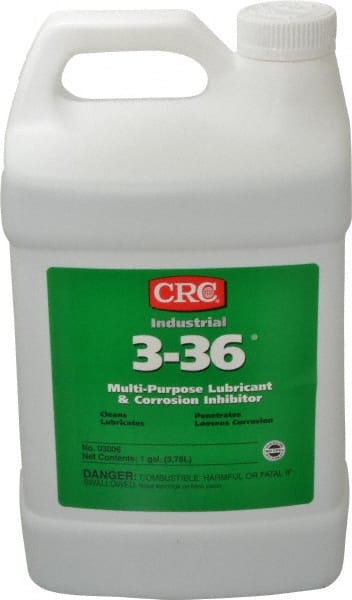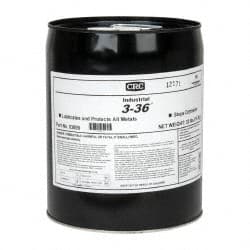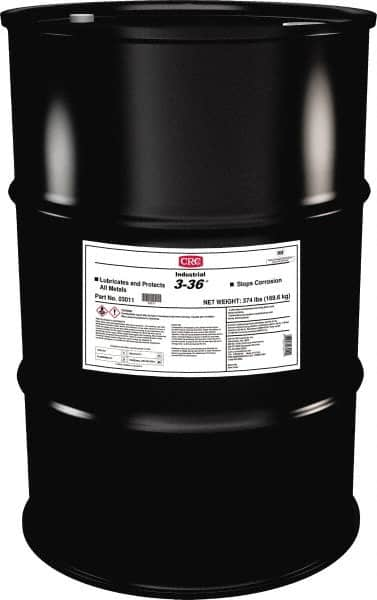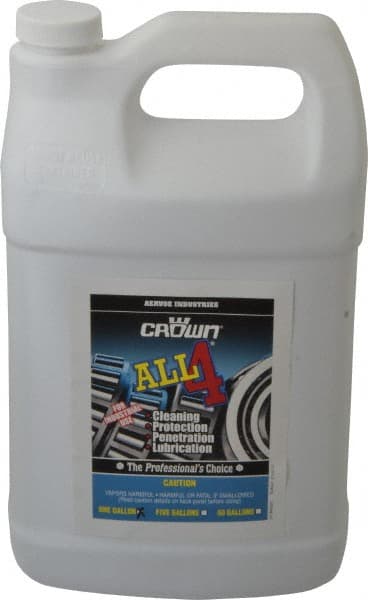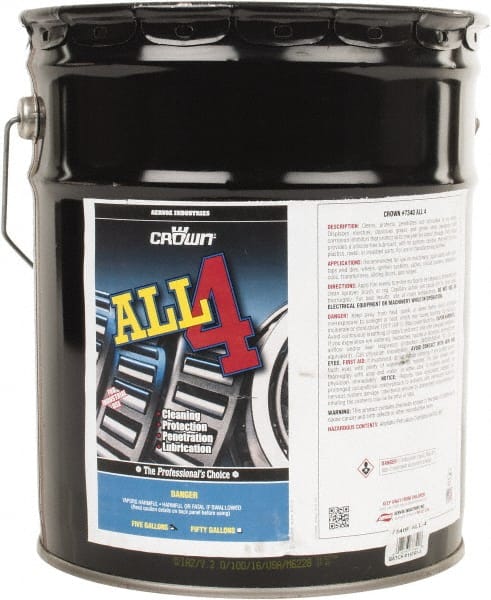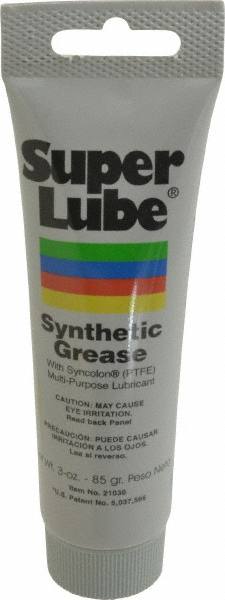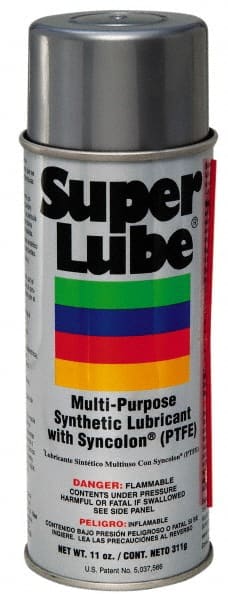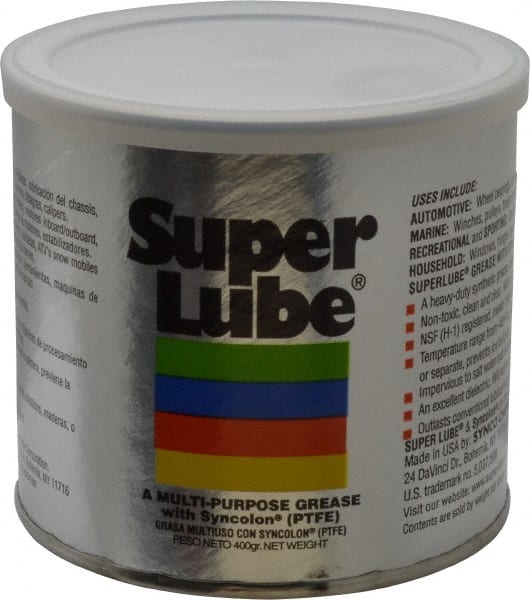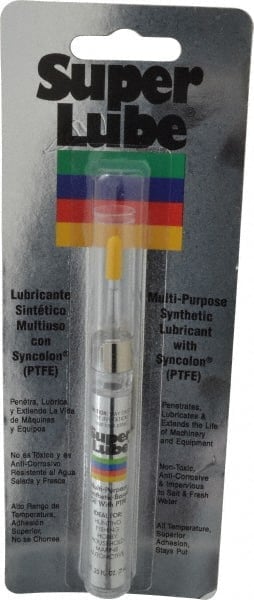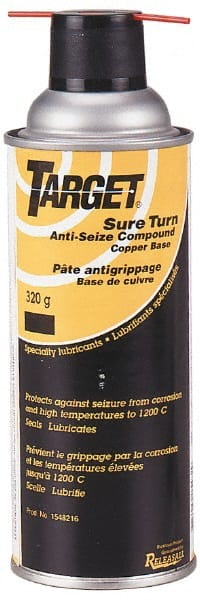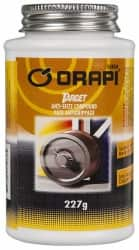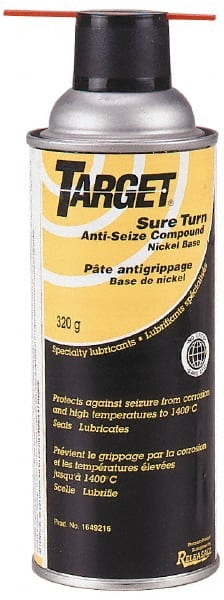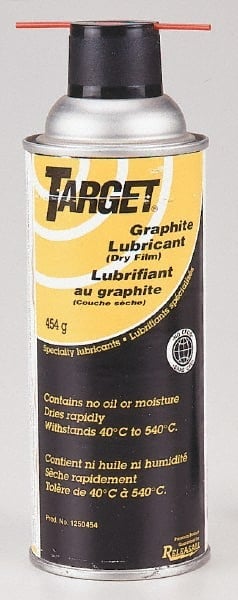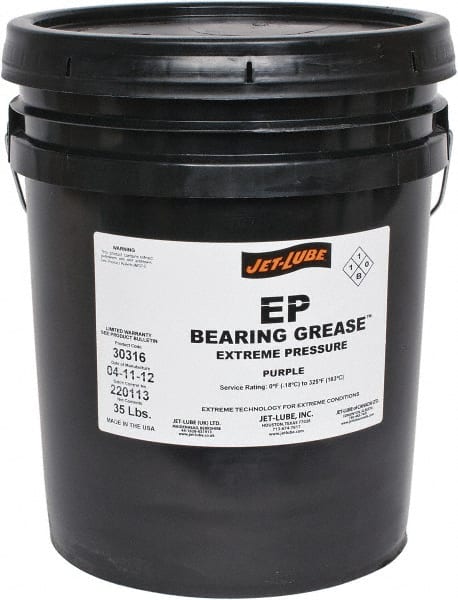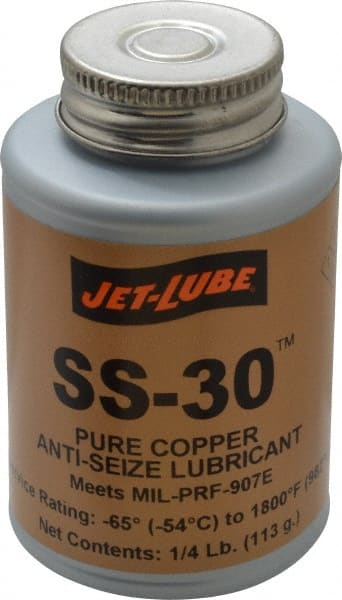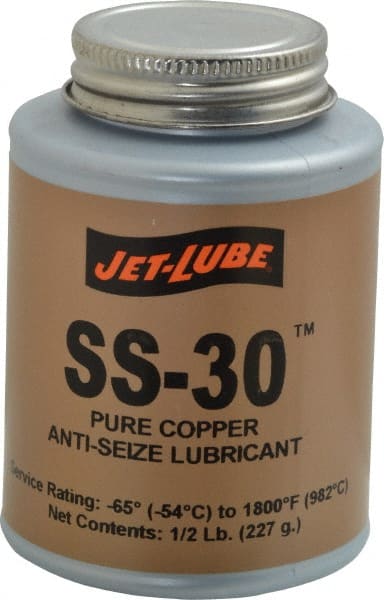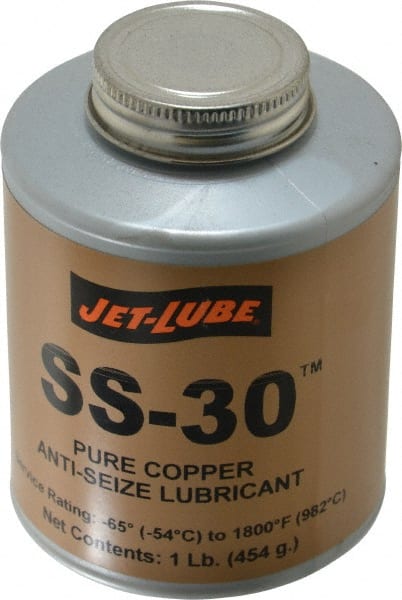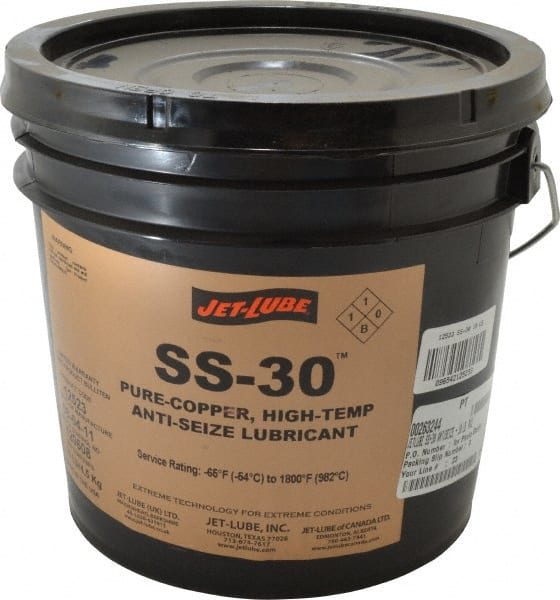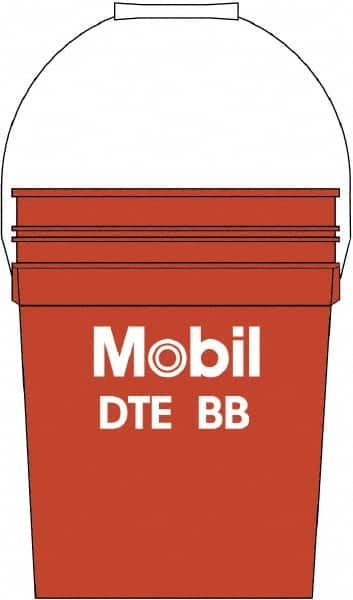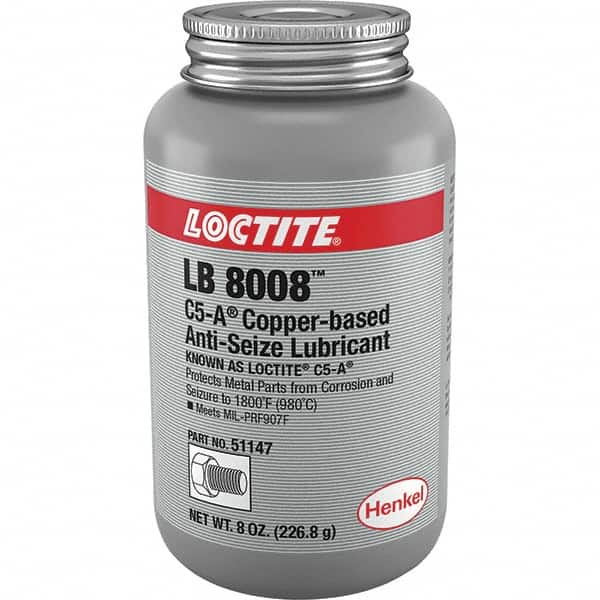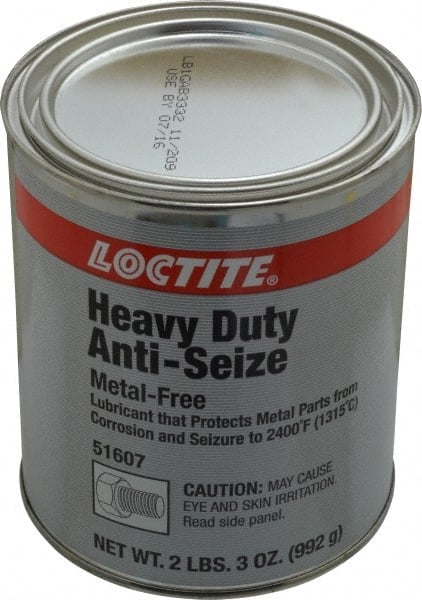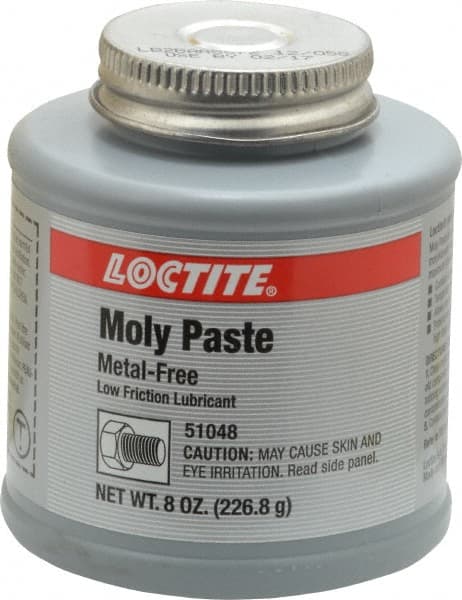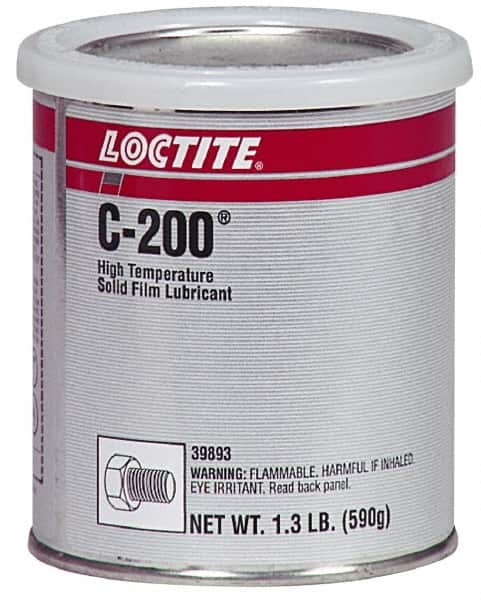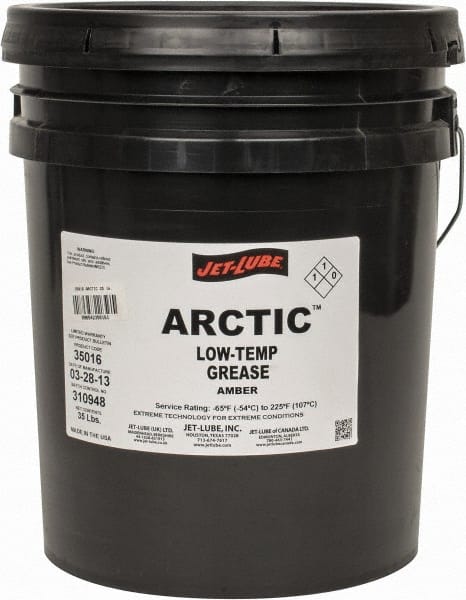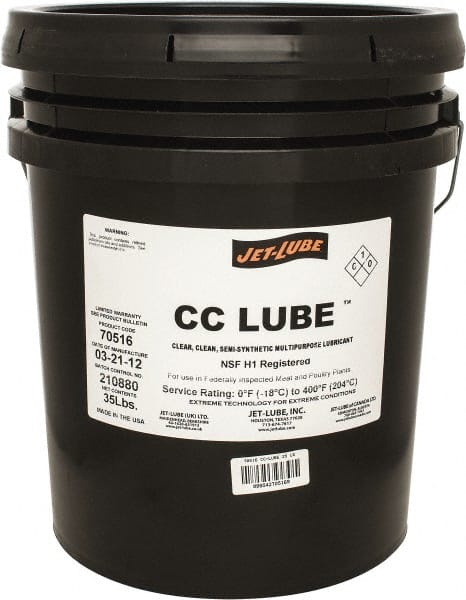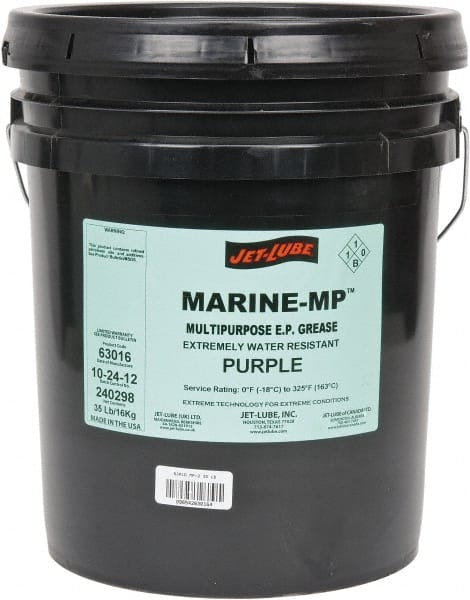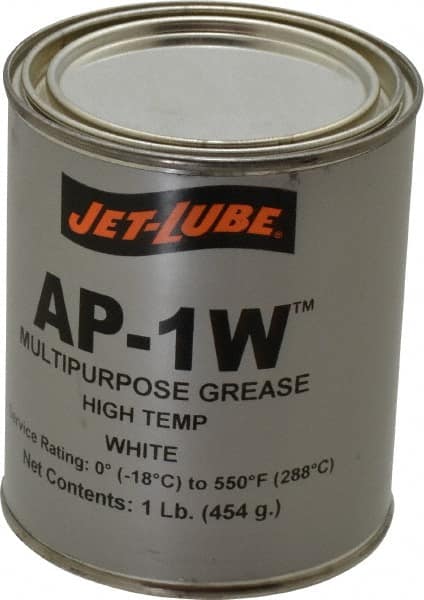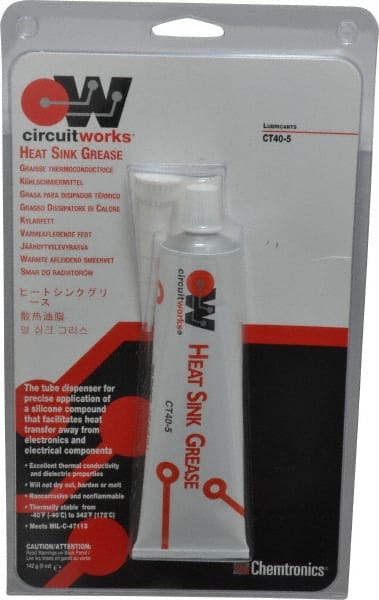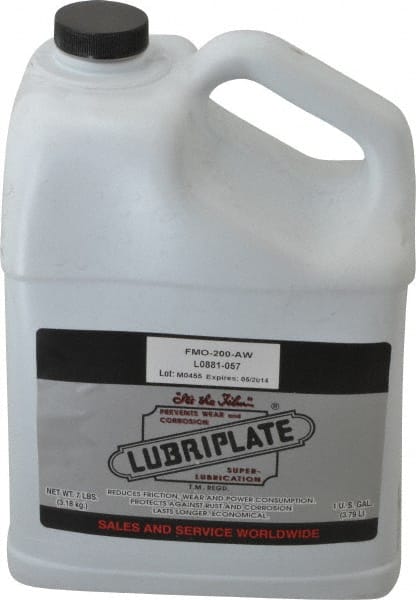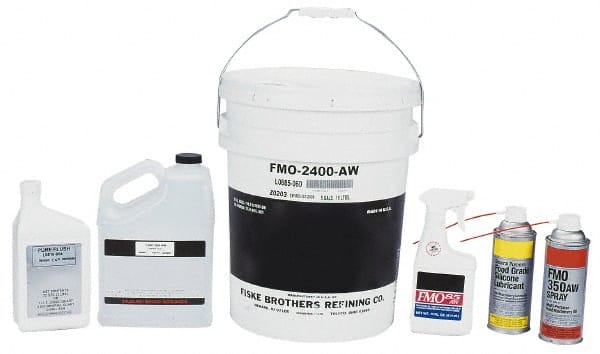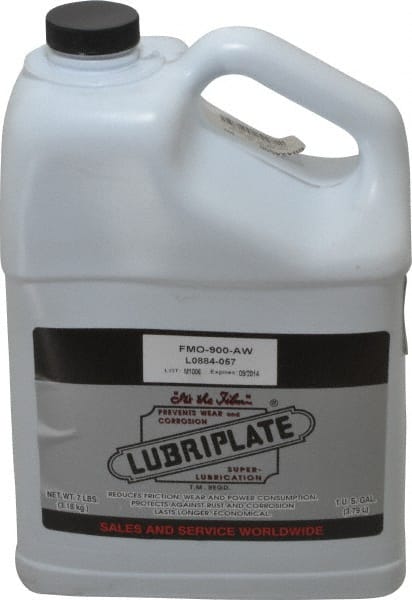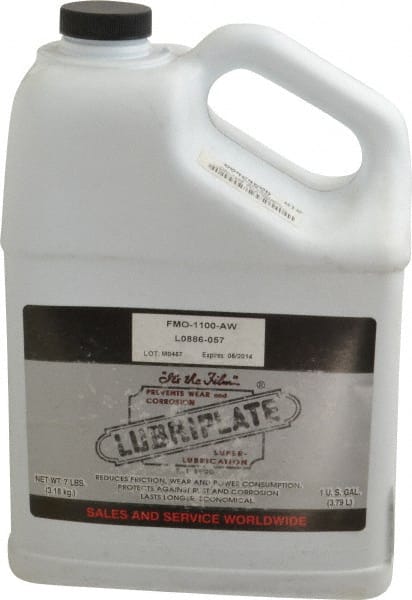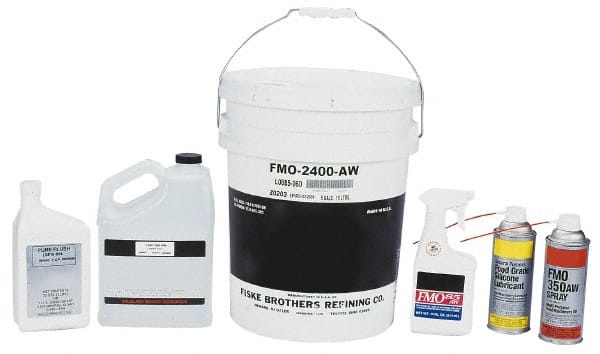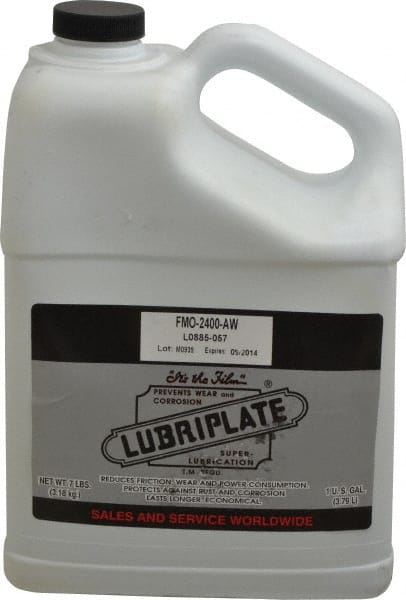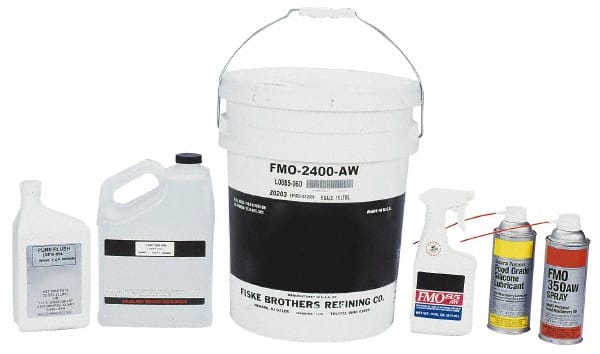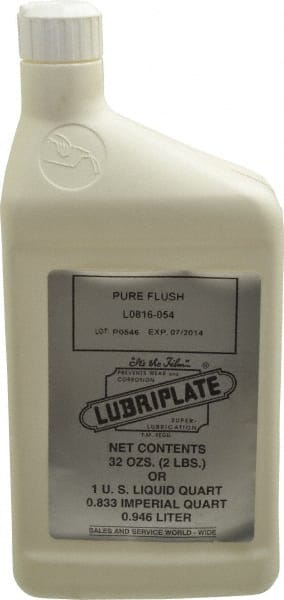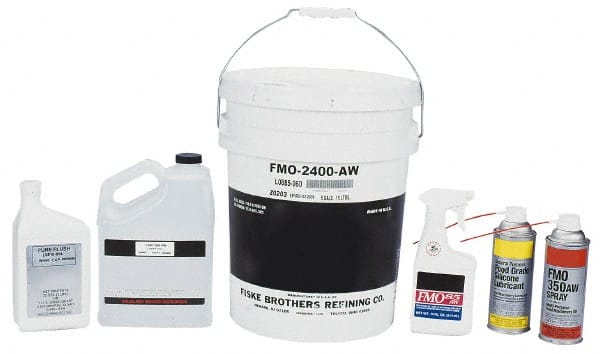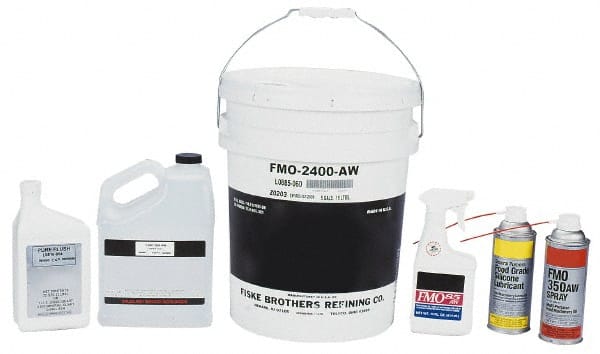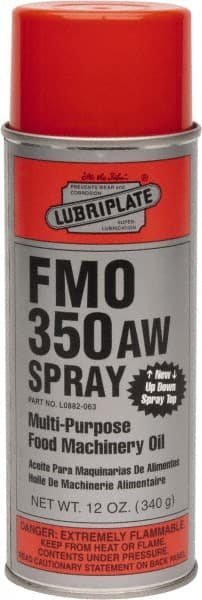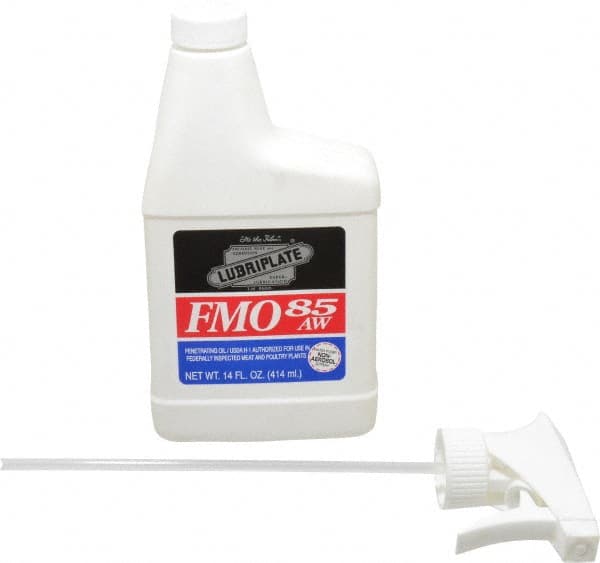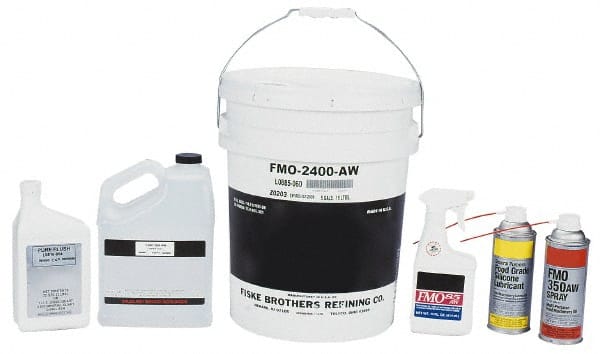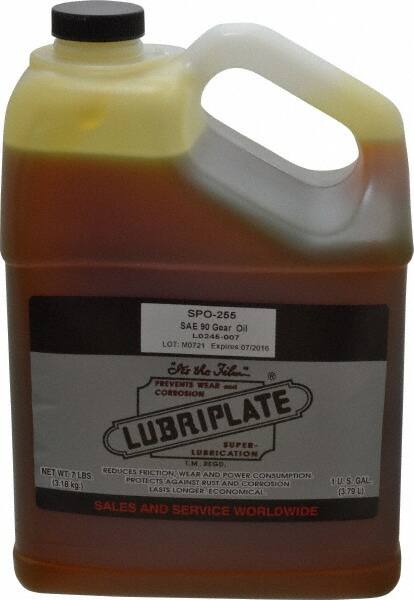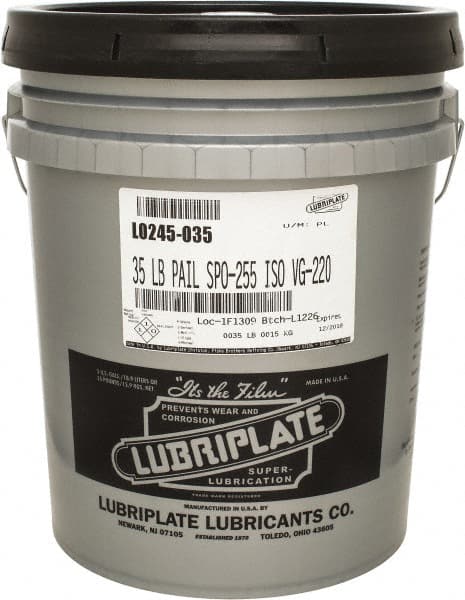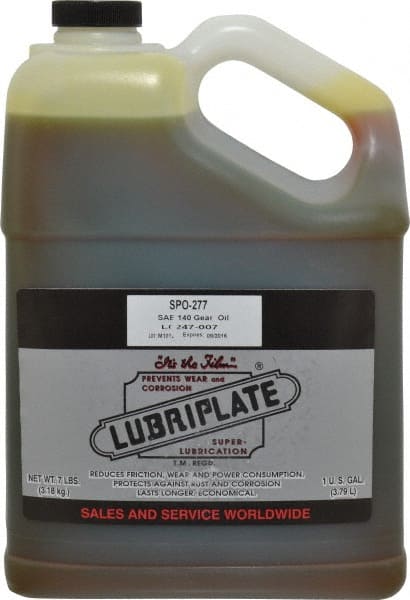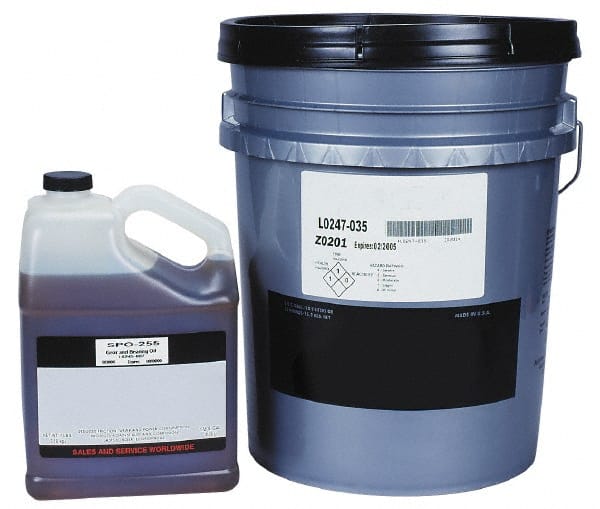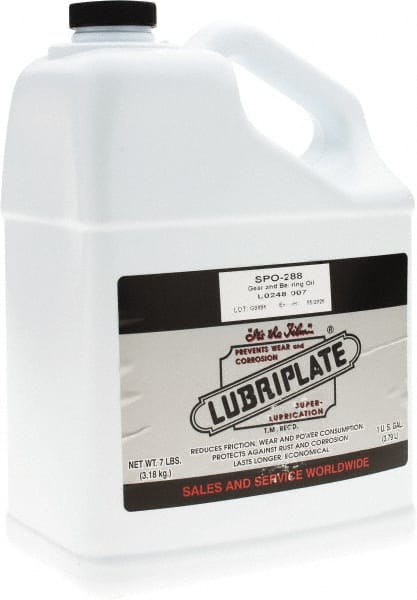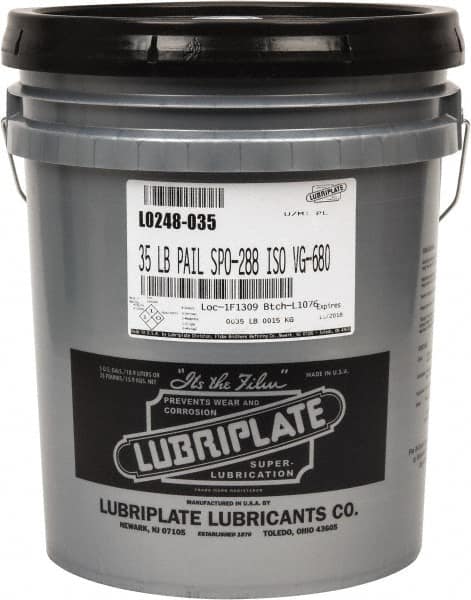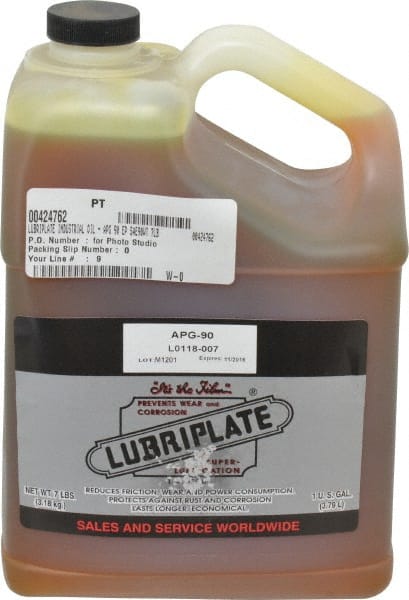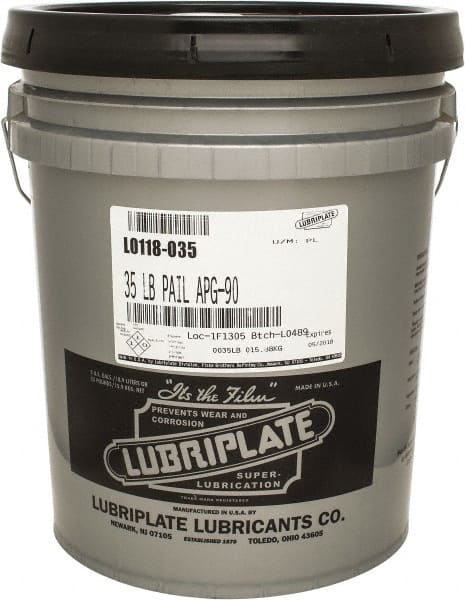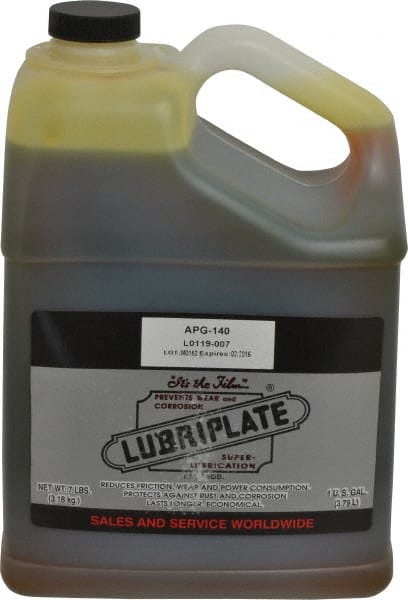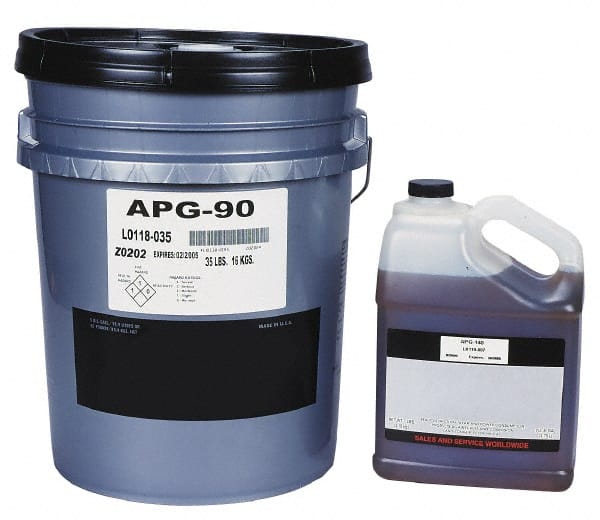Understanding Lubrication: Types, Uses, and Industries - A Comprehensive Guide

Why Lubrication Matters
Before we dive into the rich history, crucial industries, and comprehensive lists of lubricants, it is essential to address why lubrication matters. Lubricants are a vital aspect of our industrial and mechanical world. They reduce friction between moving surfaces, extend the life of machinery, and optimize their functionality. Essentially, without proper lubrication, we'd be dealing with machines that overheat, components that wear out rapidly, increased energy usage, and amplified production downtime.
A Brief History of Industrial Lubrication
Industrial lubrication dates back thousands of years, with early civilizations using natural substances like animal fats and vegetable oils to reduce friction in their rudimentary machinery. However, the real game-changer arrived with the Industrial Revolution in the 18th century. As machinery became more complex, so did the need for advanced lubrication. The first petroleum-based lubricants were introduced in the mid-19th century, and synthetic lubricants entered the scene in the mid-20th century. Today, there are countless types of lubricants, each with unique properties to cater to the diverse needs of industries worldwide.
The 25 Most Important Lubricants Today
- Mineral Oil: Mineral oils are a common type of lubricant, derived from crude oil. They have good lubricating properties across a wide range of temperatures, but their performance can deteriorate under extreme conditions. Typical viscosity of mineral oils can vary from 10 to 1000 cSt at 40°C. They are usually clear or pale yellow and have limitations in very cold or hot temperatures due to viscosity changes.
- Synthetic Oil: Synthetic oils are engineered products designed to provide superior performance, particularly at high temperatures and pressures. They maintain their viscosity better across a broader temperature range compared to mineral oils. While their color varies depending on additives, most are clear to amber. They resist oxidation and thermal breakdown, making them ideal for high-performance applications.
- Grease: Grease is a semi-solid lubricant made by combining a base oil with a thickening agent, often a soap. It has a high-viscosity and is typically used in applications where liquid lubricants would not stay in place. The color of grease varies, often indicating its base oil or additives. Grease provides long-term lubrication, making it suitable for heavy-duty applications where regular lubrication is not possible.
- Silicone Lubricants: Silicone lubricants offer excellent high-temperature stability and low-temperature fluidity. They are chemically inert, resistant to oxidation, and maintain their properties over a wide temperature range (-40°C to +200°C). These lubricants are typically clear, have low viscosity changes with temperature, and are ideal for rubber and plastic components.
- Gear Oil: Gear oils are formulated to lubricate, cool, and protect gear systems. They have high viscosity to resist the heavy loads found in gears and can resist "squeezing out" under pressure. They are typically amber to dark brown, often due to anti-wear and anti-corrosion additives. Their performance can deteriorate in extreme cold, causing shifting issues.
- Chain Lubricants: These are used to reduce friction and wear on chains, thus extending their lifespan. They usually have a sticky additive to reduce "fling-off" at high speeds and often contain anti-rust agents. Their color varies from clear to dark brown. These lubricants work in a wide temperature range, but extreme cold can make them too viscous, and extreme heat can thin them too much.
- Biodegradable Lubricants: Designed for applications where environmental contamination could occur, biodegradable lubricants break down rapidly in the environment. They can operate over a wide temperature range, and their color is often green, signifying their environmental friendliness. They typically have higher viscosity indices than mineral oils, meaning less viscosity change with temperature.
- Cutting Fluids: Cutting fluids serve to cool the cutting area and lubricate the cutting process in machining operations. They often contain anti-weld and anti-corrosion additives and vary in color. These fluids are usually designed for a wide range of operational temperatures, but using them outside of these temperatures can cause decreased performance or safety hazards.
- Penetrating Oils: Penetrating oils are low-viscosity oils designed to creep into small spaces, freeing stuck, rusted, or corroded parts. They are typically light amber and perform best at room temperature, losing their "creeping" ability at cold temperatures and their lubricating ability at high temperatures.
- Dry Lubricants: Dry lubricants reduce friction between surfaces without a liquid, usually through a thin layer of powder or liquid that becomes powdery when dry. These lubricants are useful in environments where dust and dirt are prevalent. Most are heat-resistant and perform well over a broad temperature range.
- Hydraulic Fluids: Hydraulic fluids transfer power in hydraulic machinery. They need high viscosity for seal performance, but low enough for fluid flow. Most are clear to yellow and perform well across a broad temperature range, but lose viscosity at high temperatures and become too thick at low temperatures.
- Compressor Oils: Compressor oils lubricate air compressor components, reducing friction and heat. They should have high oxidation resistance to withstand high operating temperatures. Most are clear to yellow and maintain viscosity over a wide temperature range.
- Brake Fluids: Brake fluids transfer force into pressure in the braking system. They should have a high boiling point to resist vaporization and low freezing point to perform in cold temperatures. Most are clear to amber and are designed to perform under high-temperature conditions.
- Two-Stroke Oils: Two-stroke oils lubricate engines that complete a power cycle in two strokes. They must be mixed with fuel, and therefore have a different composition than traditional oils. These oils are generally blue or green, with a wide operating temperature range.
- Four-Stroke Oils: Four-stroke oils lubricate engines that complete a power cycle in four strokes. They are generally amber, with high viscosity stability over a broad temperature range to protect engine components.
- Turbine Oils: Turbine oils lubricate and cool turbine components. They are typically clear to yellow, with high oxidation resistance to withstand high operating temperatures, and low pour points for cold-start capability.
- Food Grade Lubricants: Food grade lubricants are safe to incidental food contact and are typically clear to pale yellow. They are resistant to degradation from food products, and have a broad operating temperature range.
- Anti-Seize Compounds: Anti-seize compounds prevent seizing, corrosion, and galling during assembly and disassembly. They typically have a metallic color due to their composition, and withstand extreme temperatures.
- Heat Transfer Fluids: Heat transfer fluids carry heat away in heating and cooling processes. They typically have high thermal and oxidation stability to withstand high temperatures, and are clear to yellow.
- Transformer Oils: Transformer oils provide electrical insulation and cooling in transformers. They are typically clear to yellow, with high dielectric strength, and maintain their performance over a wide temperature range.
- White Oils: White oils are highly refined mineral oils used in pharmaceutical and food industries. They are clear, odorless, and tasteless, with good oxidative stability and a broad temperature operating range.
- Marine Lubricants: Marine lubricants protect marine engines and systems from saltwater corrosion. They are often blue or green, with high film strength and anti-wear properties to withstand harsh marine conditions.
- Wire Rope Lubricants: Wire rope lubricants protect wire ropes from corrosion and wear. They are typically heavy, tacky, and black to resist wash-off from rain and seawater.
- Gas Engine Oils: Gas engine oils are designed for gas engines. They are generally clear to yellow, with high oxidation and nitration resistance to withstand the high combustion temperatures of gas engines.
- Automotive Coolants: Automotive coolants, also known as antifreeze, reduce engine heat and prevent freezing in cold temperatures. They are typically bright green, yellow, or pink, but their color can vary depending on the type and brand.
Top 10 Industries Relying on Lubrication
- Automotive: Uses a variety of lubricants, including engine oils, brake fluids, gear oils, and coolants. Lubrication intervals depend on manufacturer recommendations.
- Manufacturing: Hydraulic fluids, gear oils, and greases are essential. Regular lubrication schedules are often based on hours of operation.
- Food Processing: Food-grade lubricants are crucial and often applied daily or weekly depending on machinery use.
- Marine: Marine-specific lubricants are used to combat corrosion from saltwater. Service intervals depend on vessel operation.
- Aerospace: High-performance synthetic lubricants are essential. Lubrication is performed based on flight hours and maintenance schedules.
- Mining: Heavy-duty greases and hydraulic fluids protect large equipment. Regular lubrication is crucial due to harsh operating conditions.
- Power Generation: Turbine oils, transformer oils, and heat transfer fluids are used, with routine maintenance schedules.
- Forestry: Biodegradable lubricants are commonly used for environmental protection. Lubrication intervals depend on machine usage.
- Pharmaceutical: White oils and food-grade lubricants are safe for product contact. Regular lubrication is needed for continuous operation.
- Construction: Heavy machinery requires mineral oil and grease. Lubrication is often performed daily due to rigorous use.
Where to Purchase Lubricants
Online platforms have made the procurement of lubricants easier than ever. Top online locations include:
- GoVets: An industrial supply company with an extensive selection of lubricants.
- MSC: Carries a wide range of industrial lubricants.
- Grainger: Offers a vast array of lubricants from numerous brands.
- Uline: Great for specific industrial lubricants.
- eBay: An online marketplace where various brands of lubricants can be found.
In conclusion, lubricants are the lifeblood of machinery and industries, playing a pivotal role in ensuring efficient operation, longevity, and ultimately, the bottom line. Therefore, remember to lubricate, lubricate, lubricate!
Product Recommendations:
Here is a sample list of product recommendations from our Lubricant categories. Shop, Save, Support Veterans.
-
Regular Price $137.94 Special Price $88.29
-
Regular Price $33.71 Special Price $21.79
-
Regular Price $22.31 Special Price $14.49
-
Regular Price $68.48 Special Price $43.99
-
Regular Price $93.71 Special Price $60.29
-
Regular Price $37.23 Special Price $23.99
-
Regular Price $17.88 Special Price $11.79
-
Regular Price $30.44 Special Price $19.79
-
Regular Price $39.00 Special Price $25.29
-
Regular Price $39.81 Special Price $25.79
-
Regular Price $14.41 Special Price $9.49
-
Regular Price $27.41 Special Price $17.79
-
Regular Price $30.04 Special Price $19.49
-
Regular Price $44.66 Special Price $28.79
-
Regular Price $31.55 Special Price $20.49
-
Regular Price $35.64 Special Price $22.99
-
Regular Price $44.68 Special Price $28.79
-
Regular Price $109.43 Special Price $69.99
-
Regular Price $1231.52 Special Price $779.29
-
Regular Price $26.06 Special Price $16.79
-
Regular Price $488.64 Special Price $310.49
-
Regular Price $47.50 Special Price $30.79
-
Regular Price $268.62 Special Price $171.49
-
Regular Price $37.80 Special Price $24.49
-
Regular Price $39.58 Special Price $25.49
-
Regular Price $48.41 Special Price $31.29
-
Regular Price $1277.92 Special Price $769.29
-
Regular Price $95.59 Special Price $61.29
-
Regular Price $30.08 Special Price $19.49
-
Regular Price $39.45 Special Price $25.49
-
Regular Price $40.59 Special Price $26.29
-
Regular Price $150.51 Special Price $96.29
-
Regular Price $699.32 Special Price $444.29
-
Regular Price $165.53 Special Price $105.99
-
Regular Price $730.36 Special Price $463.29
-
Regular Price $147.05 Special Price $94.29
-
Regular Price $730.36 Special Price $463.29
-
Regular Price $176.89 Special Price $112.99
-
Regular Price $765.98 Special Price $485.79
-
Regular Price $46.40 Special Price $29.99
-
Regular Price $691.50 Special Price $439.49
-
Regular Price $186.61 Special Price $119.29
-
Regular Price $52.27 Special Price $33.79
-
Regular Price $51.53 Special Price $33.29
Shop GoVets Lubricant Categories Today:
- Veteran Spotlight
- GoVets Solutions
- Buying Guides & Projects
- Shopping Trends
- Prime Contractor Resources
- Business & Entrepreneur Resources
- GoVets Giving
- Online Security and Shopping Safety
- GoVets Top Selling Products
- Veteran Resources
- Product Spotlights
- Technology Updates
- GoVets Medallion Updates
- Government Updates
- GoVets Capabilities
- Press Releases
- Promotion Updates
- Industry Trends




